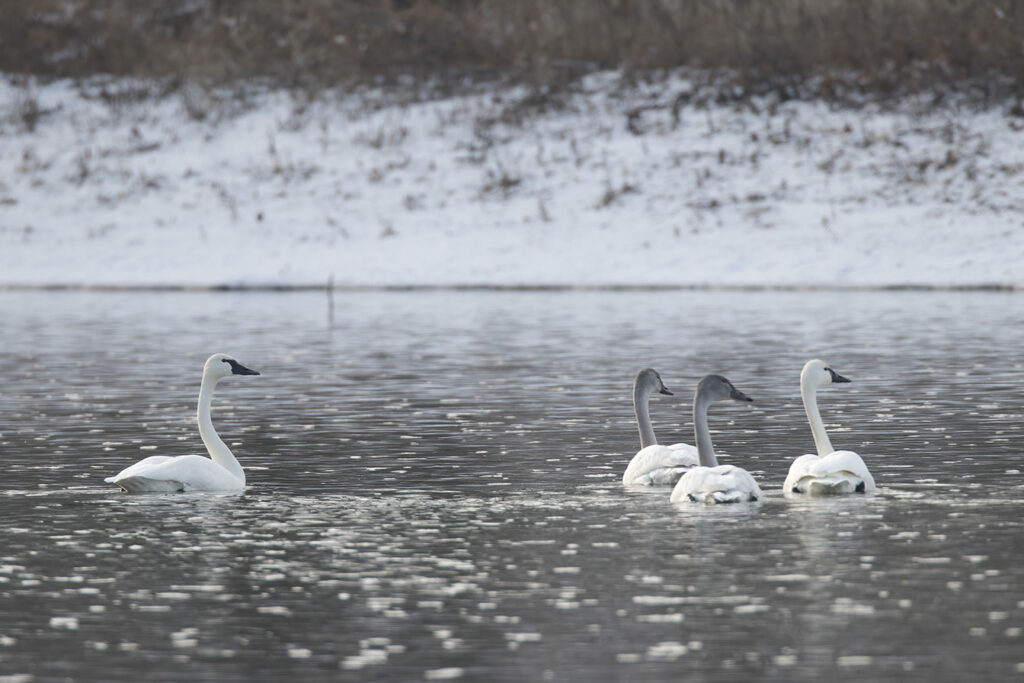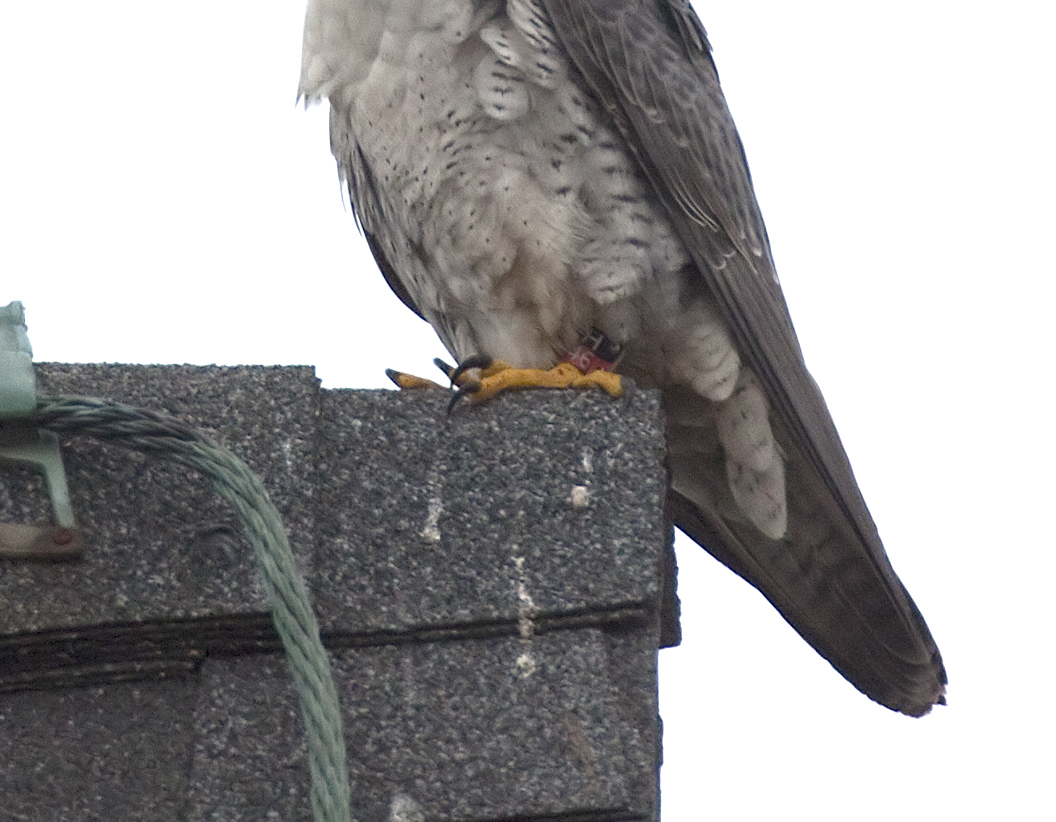
January 21, 2021 – A little bit smaller than the Merlin falcon and very close in size to the Mourning dove, the American Kestrel is the smallest falcon in North America. These determined little predators are focused hunters, whether perched on a utility wire, fence post, or hovering over grassy areas intently watching for any movement from small mammals, insects, and birds. Their keen vision and superb flying ability allow for a stealthy and swift attack from above on their unsuspecting prey. The drama of predator and prey plays out hour after hour, day after day above the grassy areas along the rural roads, ditches, and busy highway medians here in Northeastern Illinois and across the United States. Because of their small size the falcons go mostly unnoticed by humans speeding past the little perched hunters. It doesn’t take much effort to be just a bit more observant to a moment in nature, it will quickly become almost impossible to not see these little predators perched and hunting. Soon the sightings of Kestrels add up and the mind expands beyond the mundane for the human observer as that moment in nature is understood. Also known as the Sparrow hawk, the Kestrel is certainly the best known and most colorful and boldly marked falcon in North America. The male Kestrel has slate blue-gray colored wings while the females have reddish-brown wings,a heavily streaked chest and they are also up to 15% larger than the male. The bold and vibrant colors of the male Kestrel are quite intense under bright sunlight. The females, while they still have beautiful colors, are less vibrant than the males. The Kestrel lives year around in Illinois and nest in natural occurring places like rock crevices and overhangs, they also take advantage of abandoned woodpecker holes, man-made nest-boxes, old buildings and structures near a good hunting area. They most often have only a single brood. Incubation of four or five eggs last about 30 days, the female will brood for about nine days after the last egg has hatched and then only at night or during harsh weather conditions. The American Kestrel falcons are widespread in the Western Hemisphere and occur from Alaska and Canada to Tierra del Fuego in South America.








